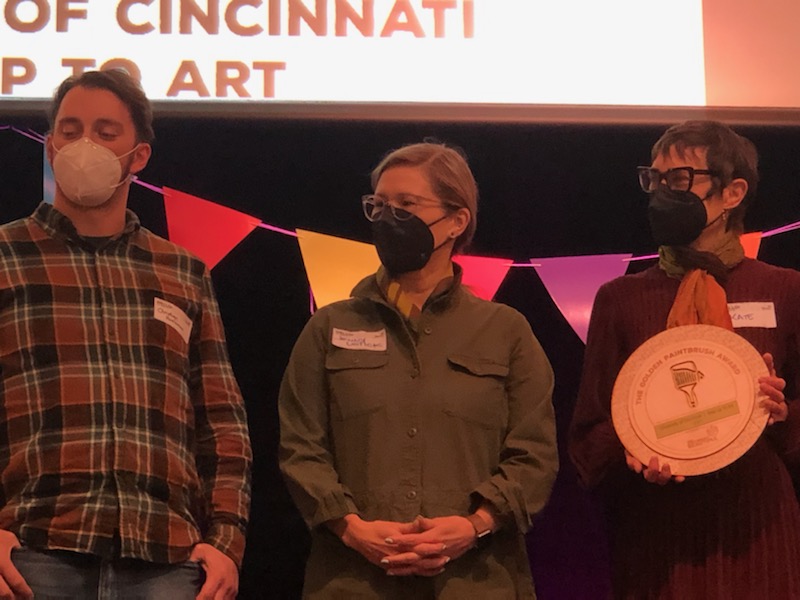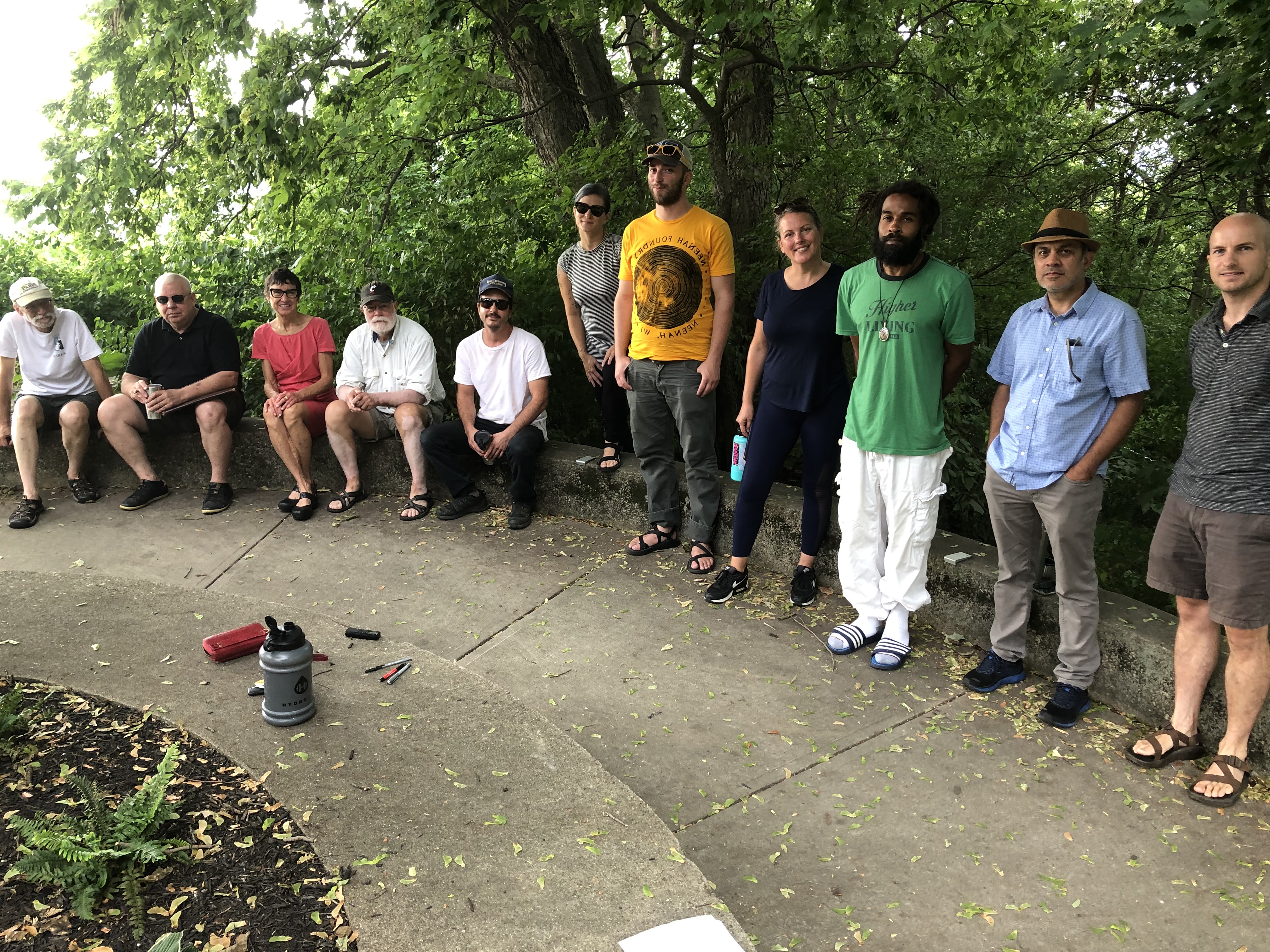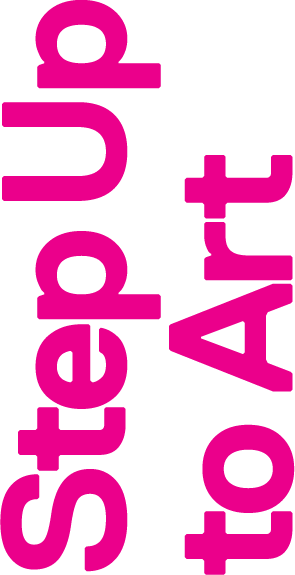


Art and Signage on
Cincinnati’s Public
Stairways to Improve
Public Health
and Neighborhood
Connection.
![]()
![]()
![]()
![]()
Cincinnati’s Public
Stairways to Improve
Public Health
and Neighborhood
Connection.

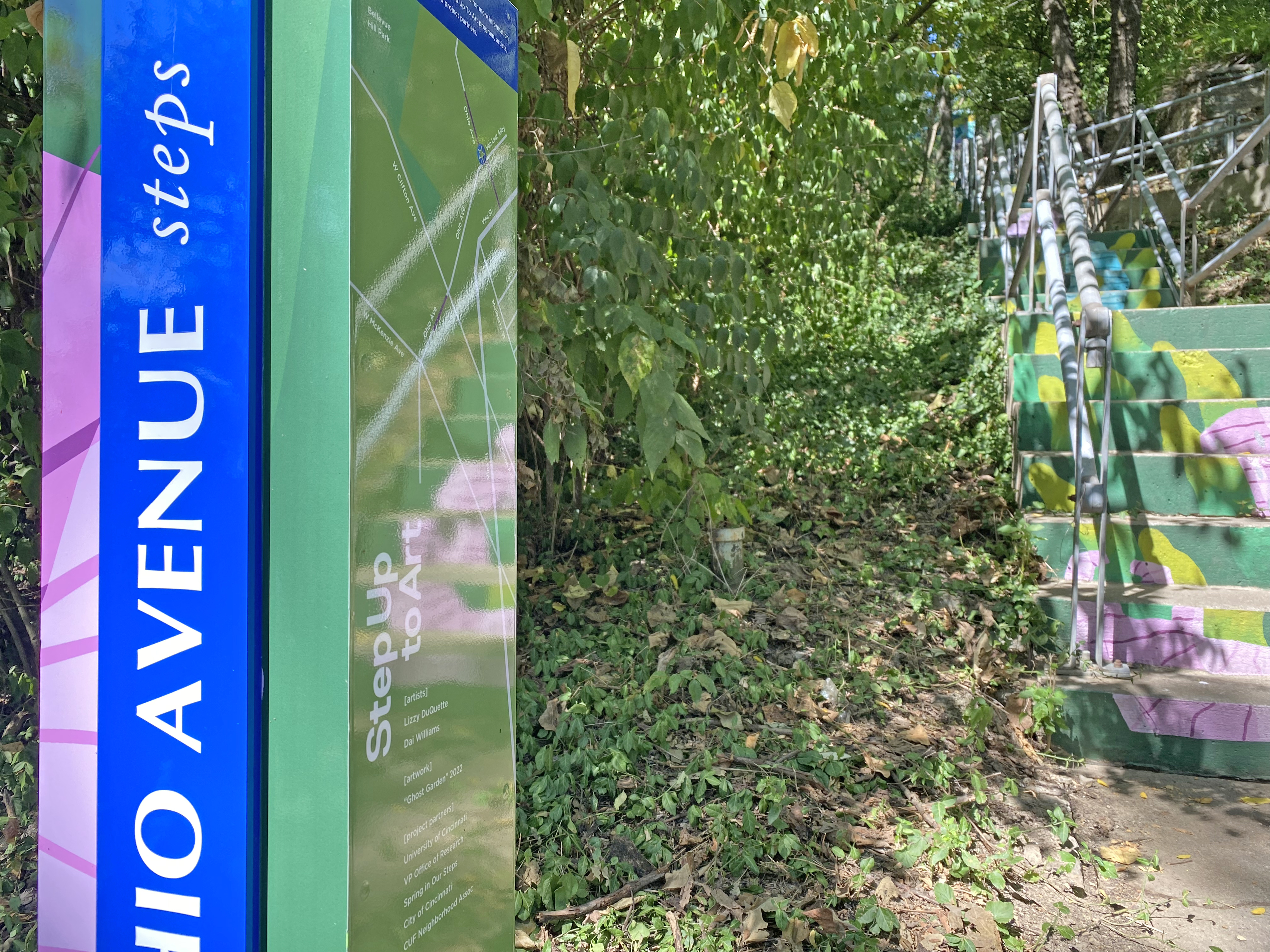
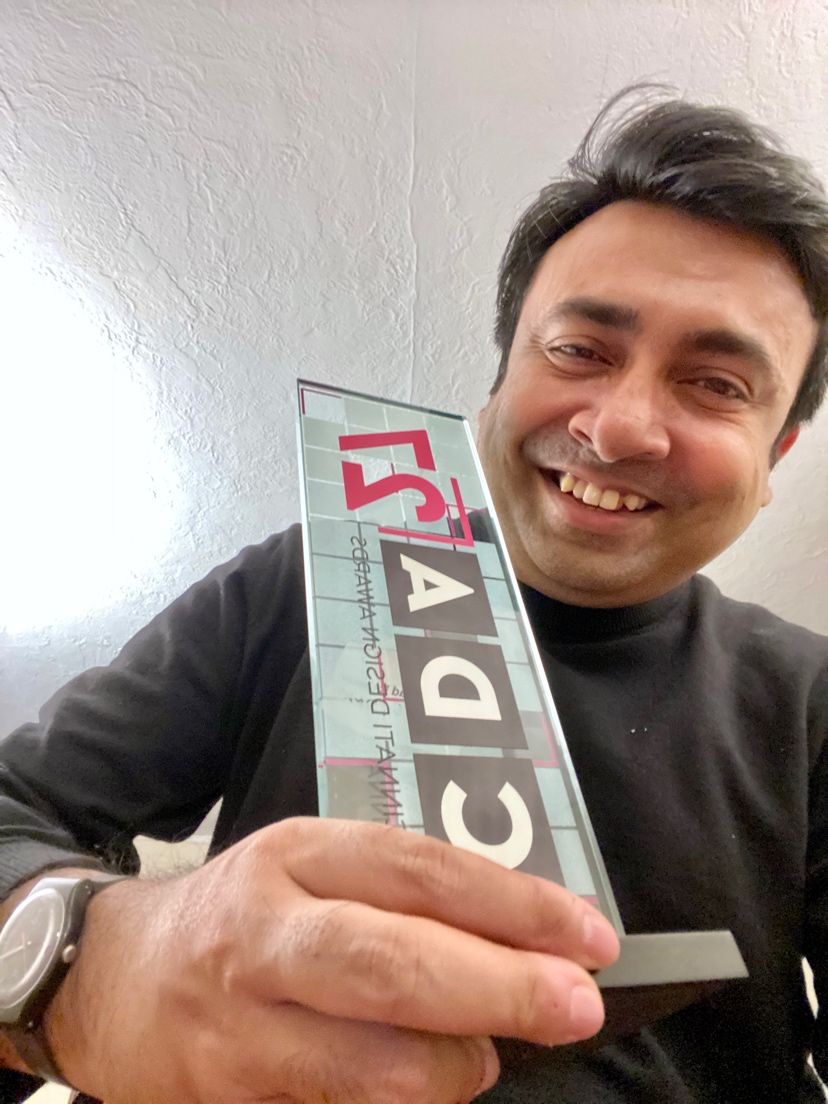

Problem Statement + Overarching Vision
Cincinnati is a city of distinct neighborhoods,
many of which retain strong boundaries in part
due to the topography of hills. Neighborhoods
in and of themselves are often walkable, but rarely
do pedestrians traverse between them.
Over 400 stairways were
constructed during the late 19th century to
address this problem and to connect the city’s
neighborhoods and their parks.
Today, however, many of these stairways lie in disuse and
disrepair due to perceptions that they attract
crime, and to driving as habit.
This results in segregation and in missed opportunities to improve and maintain physical health
and a more socially connected and equitable
city through walking.
Transformation of Cincinnati’spedestrian transportation system is our goal.
